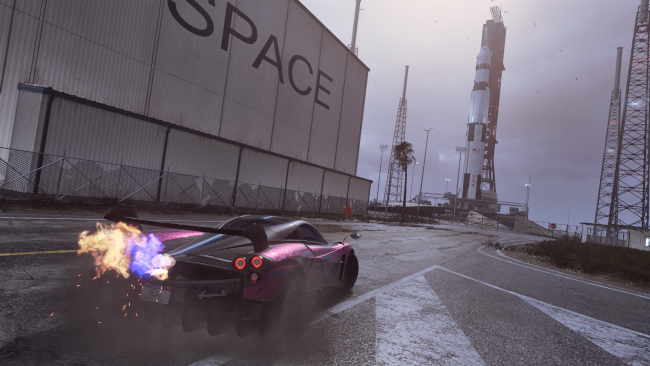Two years ago, Need for Speed Payback hit us with plenty of fun racing to love but even more microtransactions to hate. Ghost Games is back with their latest entry, Need for Speed Heat. Is this latest iteration of the long-running series a true return to form? Or does Need for Speed need to go back to the garage for some major tune-ups?
Frostbitten Racing
The Frostbite Engine continues its quest for EA development domination, the latest title it’s being used for being Need for Speed Heat. It’s hard to tell what exactly that means for a racing game, but the frame rate remained solid at 30 frames per second throughout our time with NFS Heat. Things look good during the day but the night stages are where the engine really shines. The neon lights of the city reflect off car models, sparks fly as paint is traded, and the red and blue of the police glows from behind as chases ramp up. Some sort of PS4 Pro toggle between prioritizing graphics or performance would have been great, but no such option exists as of this writing.
Before we dive into other aspects of Need for Speed Heat, such as the story, currency systems, and other non-racing mechanics, how about we just get straight to the racing? This is an arcade racer, through and through. Cars have some weight to them, but for the most part they can barrel through most any obstacle. Slamming through a light pole will slow a car down a bit, and hitting too many in a row will cause opponents to catch up, but generally, obstacles can be hit without worry. However, slamming into other cars or larger obstacles such as buildings or walls will cause actual damage to the car, and with enough damage, the car will be totaled. Drifting has a major emphasis on driving, and using it involves getting off the gas, tapping, and holding the throttle open as the car turns. It’s something to get used to, but the result is a cool move that is easy to pull off after the first couple of tries. Turning normally is still the fastest way through any corner, of course, but this isn’t always possible in some of the more winding courses that can be found in Palm City.
The fictional setting of Palm City, Florida is full of rolling hills, cityscapes, and even some rural countryside to do some of those sick drifts within. Races vary in length, and some will only consist of a few laps around a handful of city blocks, while others are checkpoint races that span a couple of kilometers. Most are done in just a few minutes, and if you don’t get the result you were after, you can restart an event during the ending cinematic that plays as the race is finished. It’s a great feature that’s especially easy to appreciate after making a dumb mistake at the last corner of a race, almost like an undo/rewind button.
A Blasé Story
There’s a story in Need for Speed Heat, but as far as racing stories go, it’s as generic as they come. You play as a new racer on the scene (you can pick from one of about a dozen pre-made male and female characters, with a decent representation of ethnicities), who just so happens to be in the right place at the right time as they join up with a recently-disbanded crew member. The player character is fully-voiced, which is rare but neat to see. There’s a mean-looking, and most likely crooked, cop in town who is quickly shown to be a bad dude and who has announced that the High-Speed Task Force is out to get all would-be illegal street racers. It’s not too serious of a story and most cutscenes are only a few minutes at most before you can get back to your regularly scheduled racing. After all, the ultimate goal in Need for Speed Heat is to collect two forms of currency: bank (money) and rep.
Bank can be earned from any event or by collecting certain items, while rep can only be earned at night. Rep is what allows for more exotic cars and parts to be purchased with bank. It’s a simple system that works well to reward more risky behavior. The daytime races are officially sanctioned, and the only cars on a given daytime course are going to be racers. At night, however, the only options for racing are illegal street races, with all the hazards that come with them. Traffic can and will get in the way, and those pesky cops are never too far away, ready to take out anyone in their sights. As players complete races at night, a heat level rises, indicating an increasing police presence. The police are aggressive even at low levels, and if players take too much damage they can be arrested. This will wipe out a good chunk of rep earned for that night, along with some bank. But if the player can escape the law and turn in to one of the many safehouses peppered throughout Palm City, then that bank can be multiplied by the heat level. It’s a good risk vs. reward system that can get your heart pumping as the police force brings out helicopters and multiple cruisers in an escalating response as the nights go on. Furthermore, there is no limit to the number of nights that you can participate in, though early on there aren’t too many events to partake.
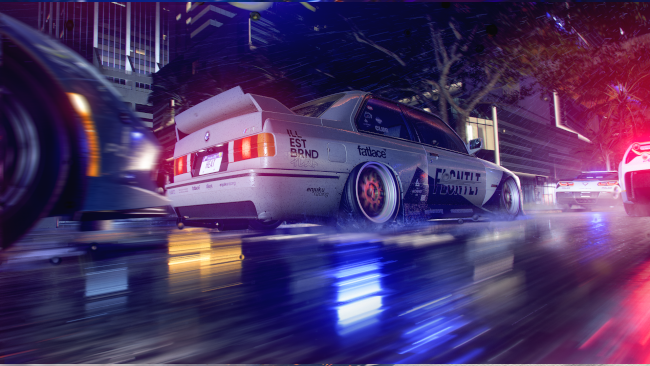
Not All Cops Are Out to Get You
Need for Speed Heat is by default an always online, connected racer. This becomes especially evident at night (a recurring theme in this game; its best parts are in this mode), where occasionally the police will zoom right by the player, as another online player is currently at a much higher heat level and actively in a race. It was a bit disorienting when I was in the middle of a race only to see cops and other racers headed in the opposite direction of me for the first time, until I realized what was going on. It’s a cool use of the always-online requirement where other players indirectly affect your world.
Collecting all this rep and bank can feel a little grindy at times, but it beats the hell out of paying to win. For the most part, the medium difficulty setting presents an easy path to victory though, so players aren’t required to shell out ungodly amounts of currencies in order to stand a chance against the computer. Also, aside from new cars, there aren’t too many parts to purchase, either. No brands make an appearance in the parts section. The player can only choose generic ECUs, suspensions, clutches, and other key parts that make up a car. The only difference is in the amount of increase in car stats and the grade of the part, from Stock to Pro, Elite, etc. This was probably done to help keep licensing costs in Need for Speed Heat low, as simply getting licensed cars in any game is expensive enough.
Meet Your Assigned Crew
The online component in Need for Speed Heat automatically puts players in random crews with random names. There is some incentive to work together in order to unlock new perks, and once players level up enough they are given the option of taking ownership of their randomly-assigned crew or to make one of their own and including their friends. This is an innovative way to get random players to work together, which can be easier said than done these days, even if most people’s goal will be to level up enough to make their own crew and bounce from the one they were plopped into.
Need for Speed Heat is a solid arcade racer, in a landscape that continues to suffer from a drought of them. It is also, surprisingly, a solid arcade racer that is not plagued by the scourge that can be microtransactions, in a landscape (and from a publisher) that continues to practically drown in them. The story may be as generic as a Miami cop show from the ‘80s, but the cars are numerous and varied, the map is expansive and full of events, and most importantly, the racing is fast and furiously fun.
Need for Speed Heat review code provided by publisher. Version 1.02 reviewed on a PS4 Pro. For more information on scoring please see our Review Policy.
-
Large map, lots of events
-
Fun racing
-
No microtransactions to be found
-
Generic story
-
Upgrade parts are unbranded
-
No graphics options
Need for Speed Heat Review PS4
-
Need for Speed Heat Review PS4 #1
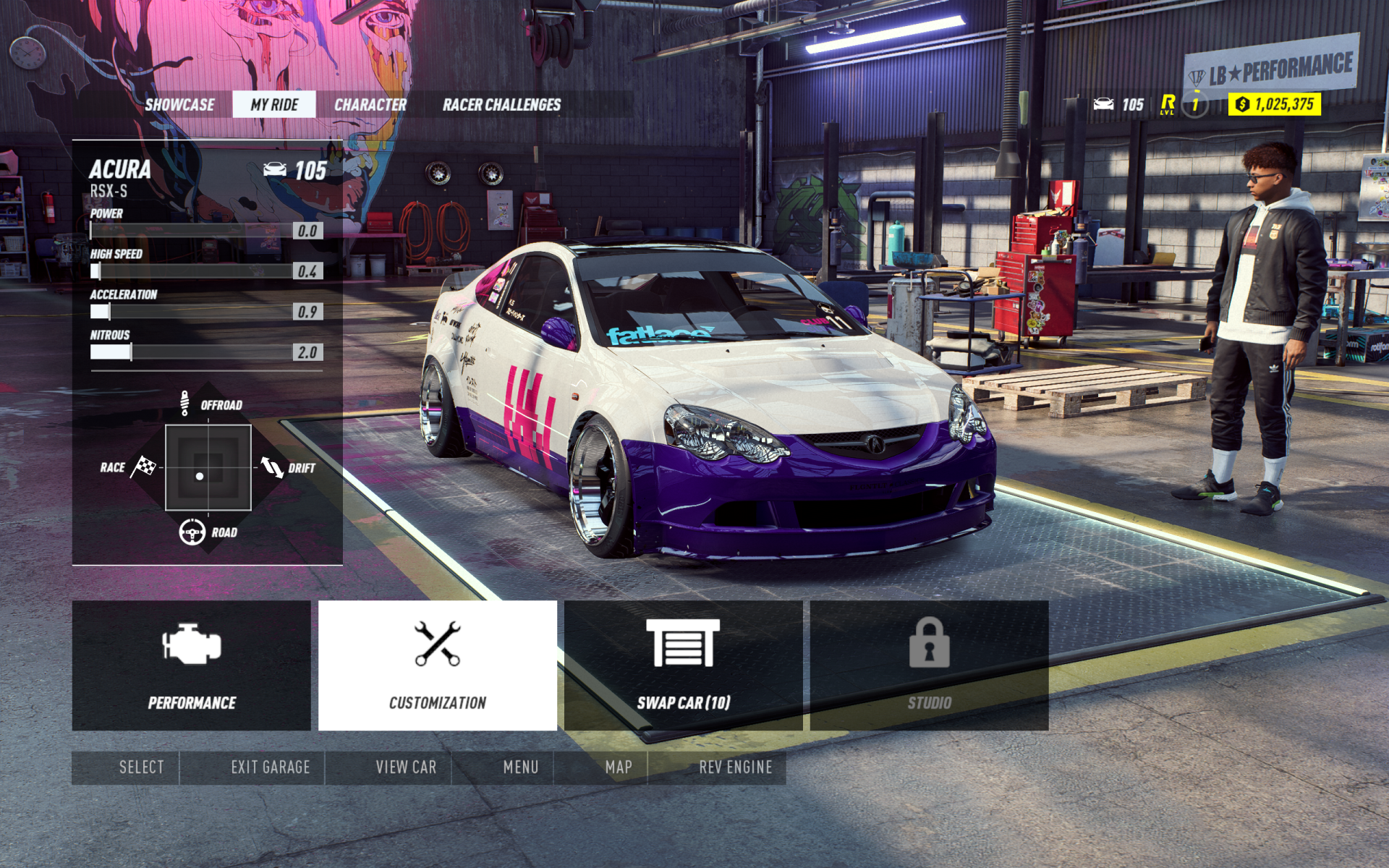
-
Need for Speed Heat Review PS4 #2
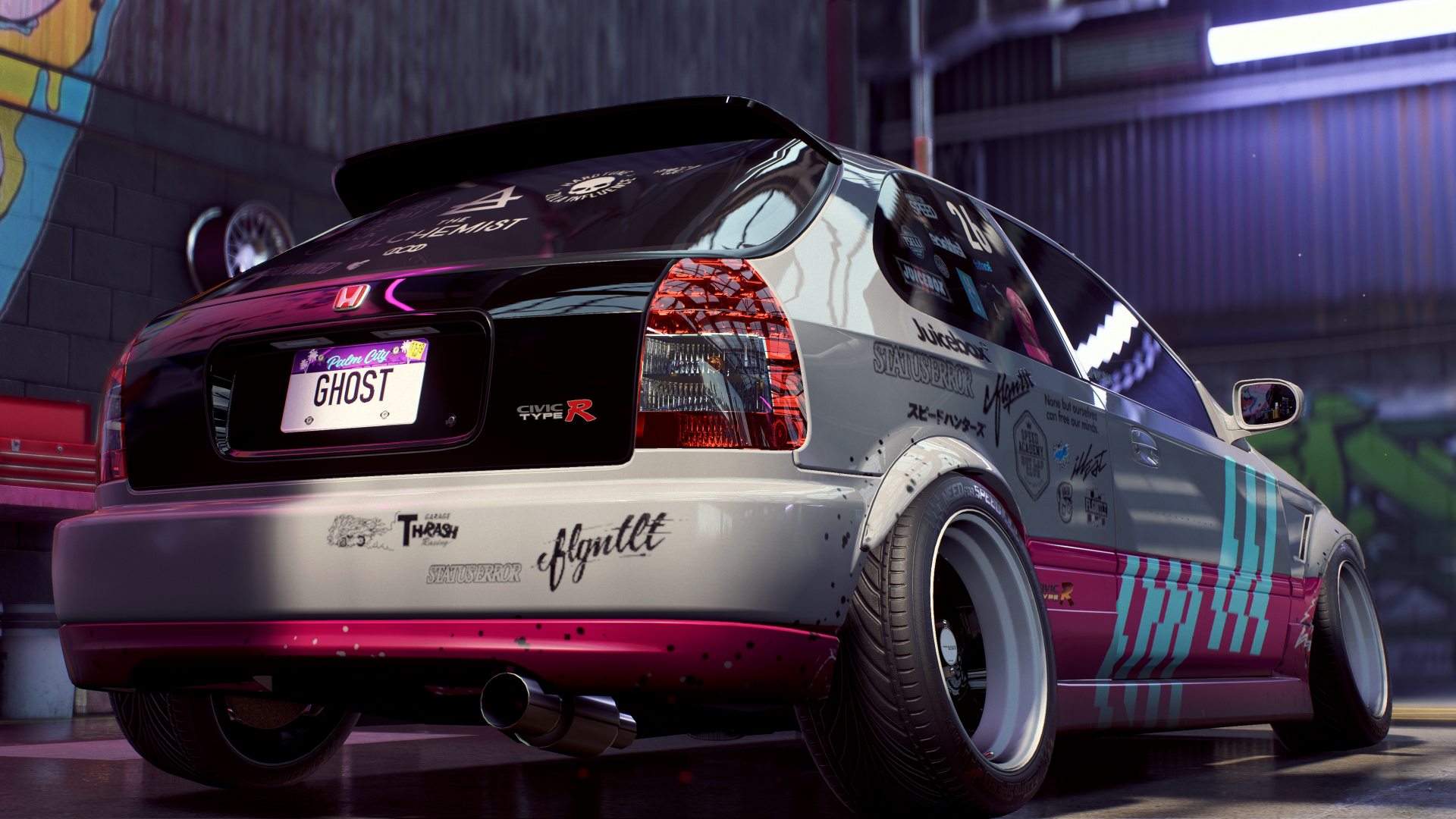
-
Need for Speed Heat Review PS4 #3
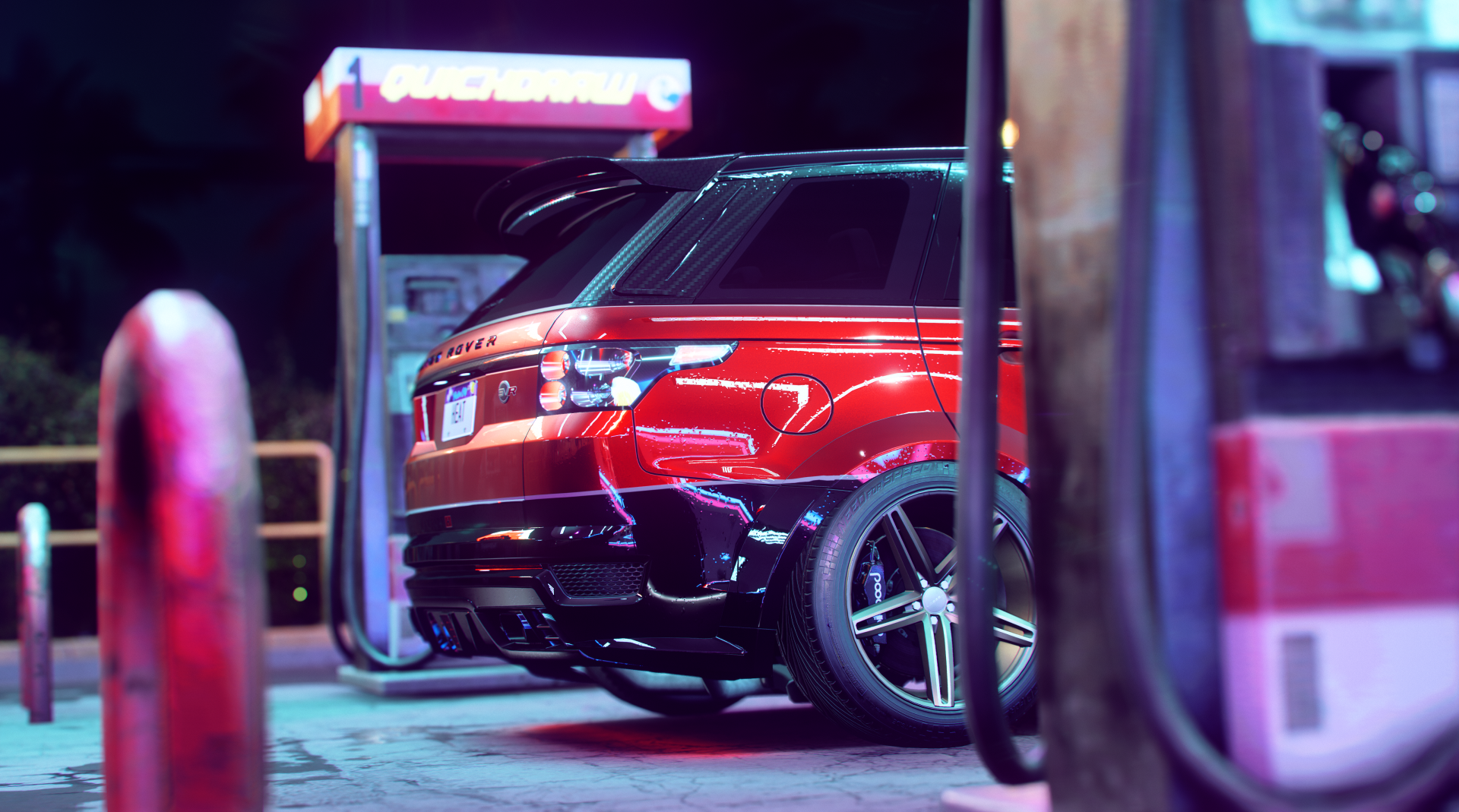
-
Need for Speed Heat Review PS4 #4
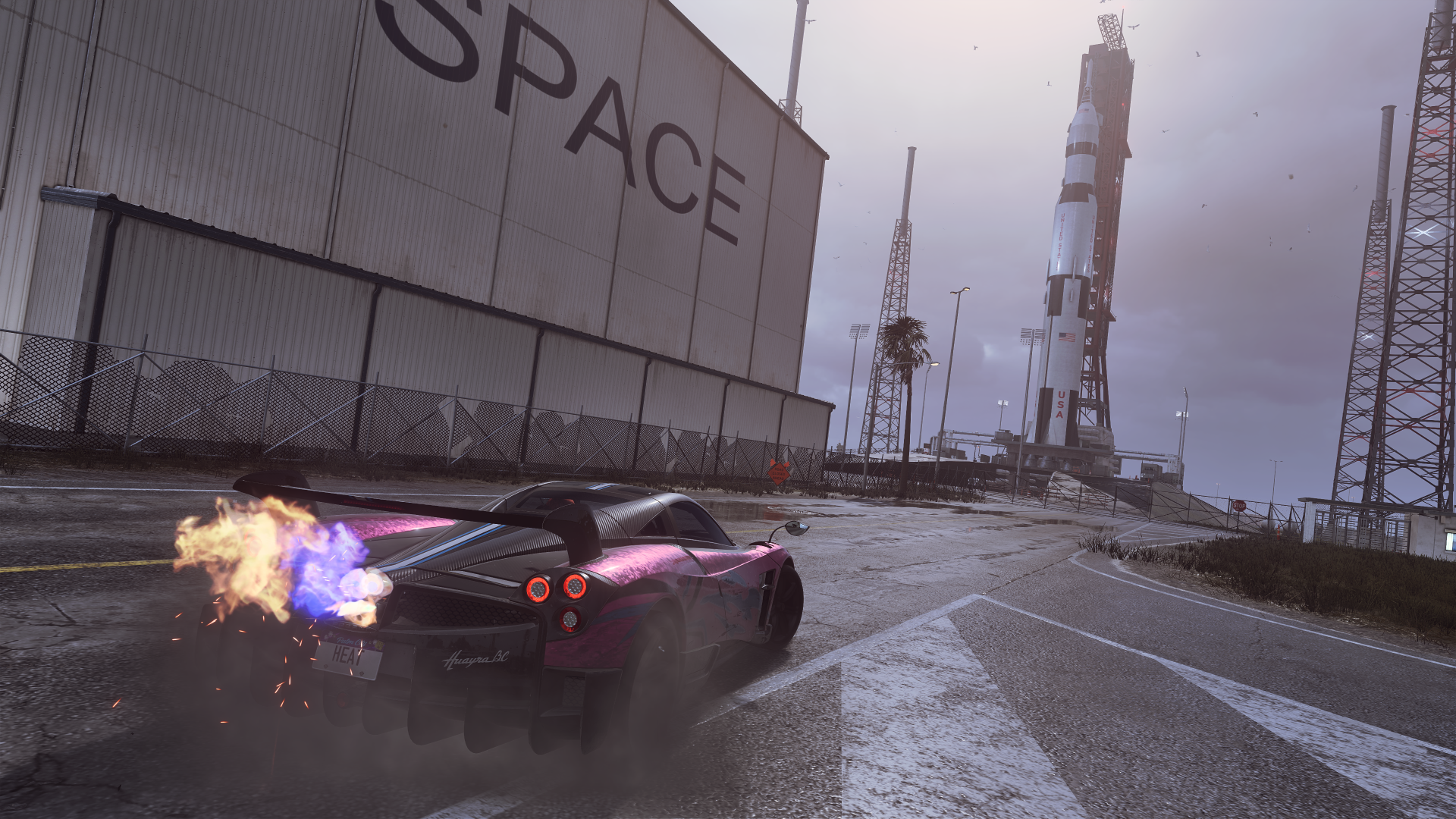
-
Need for Speed Heat Review PS4 #5
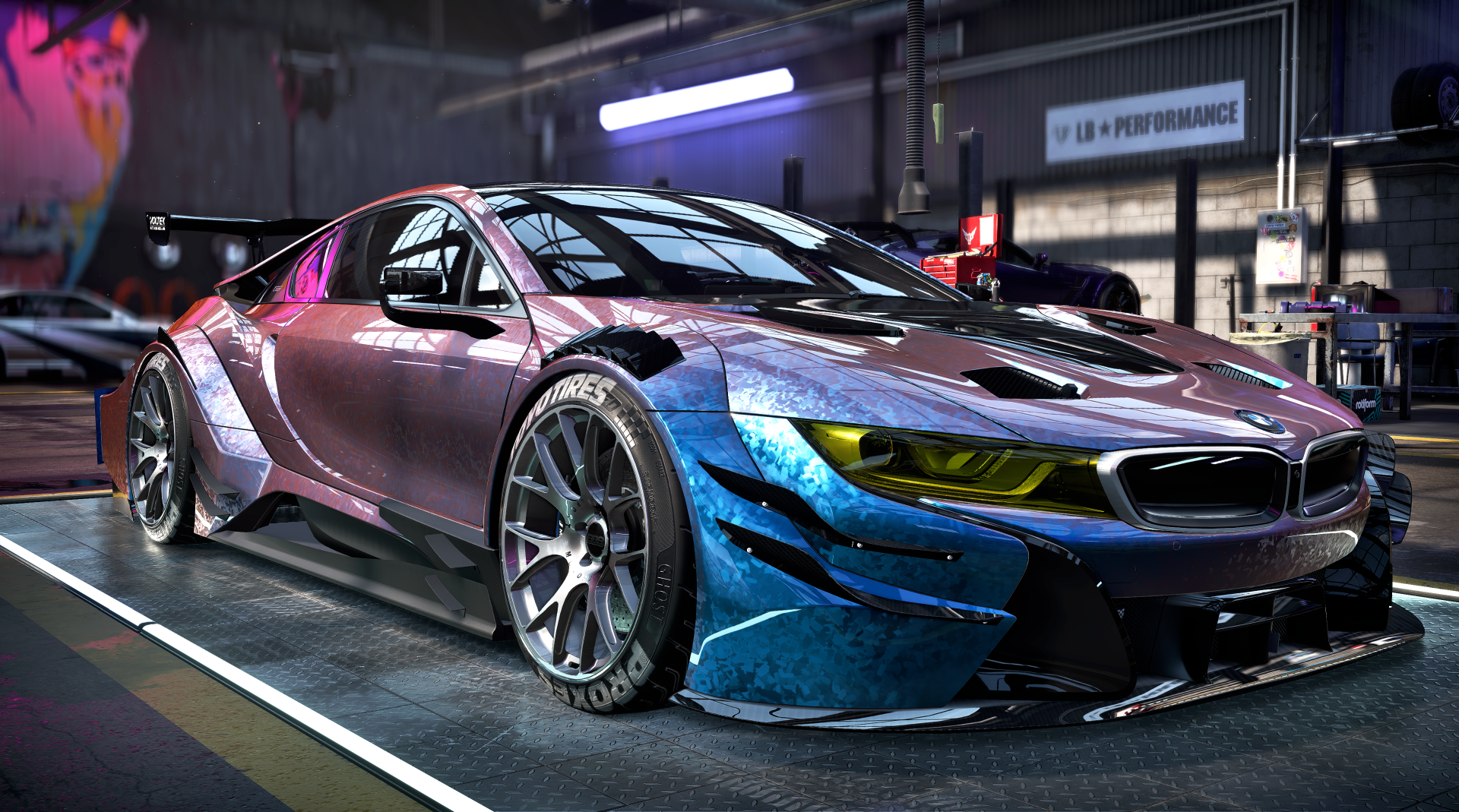
-
Need for Speed Heat Review PS4 #6
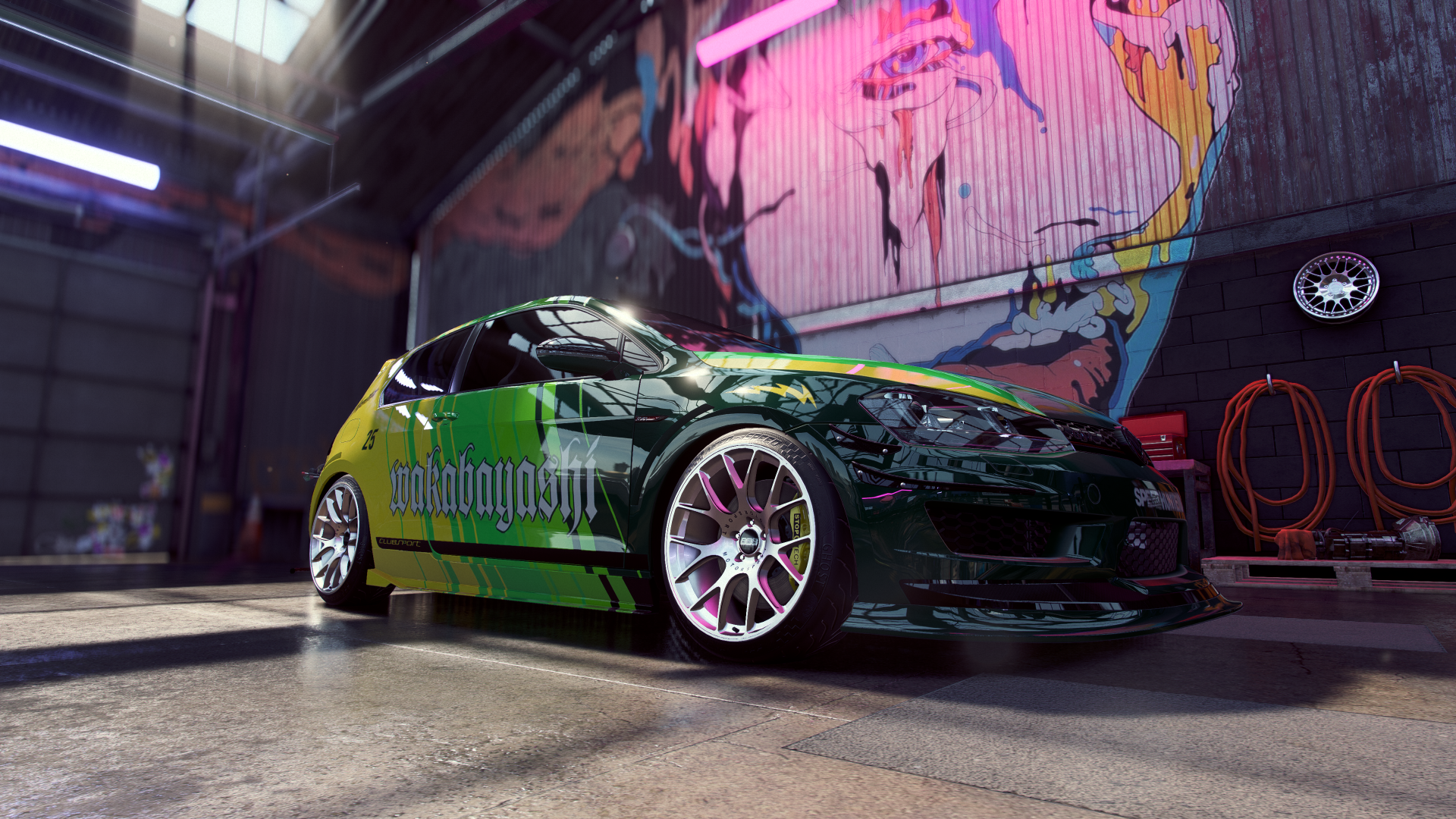
-
Need for Speed Heat Review PS4 #7
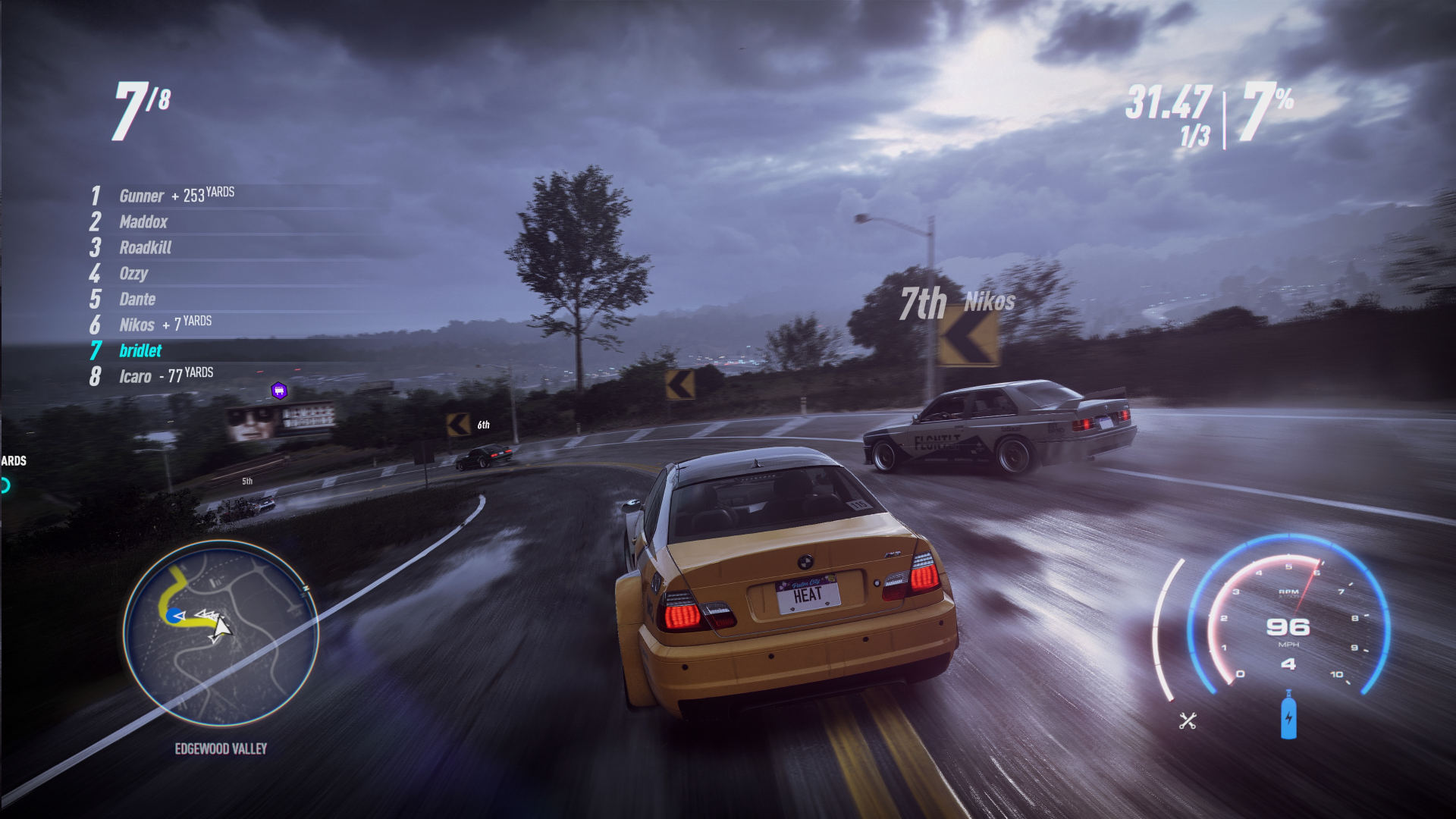
-
Need for Speed Heat Review PS4 #8
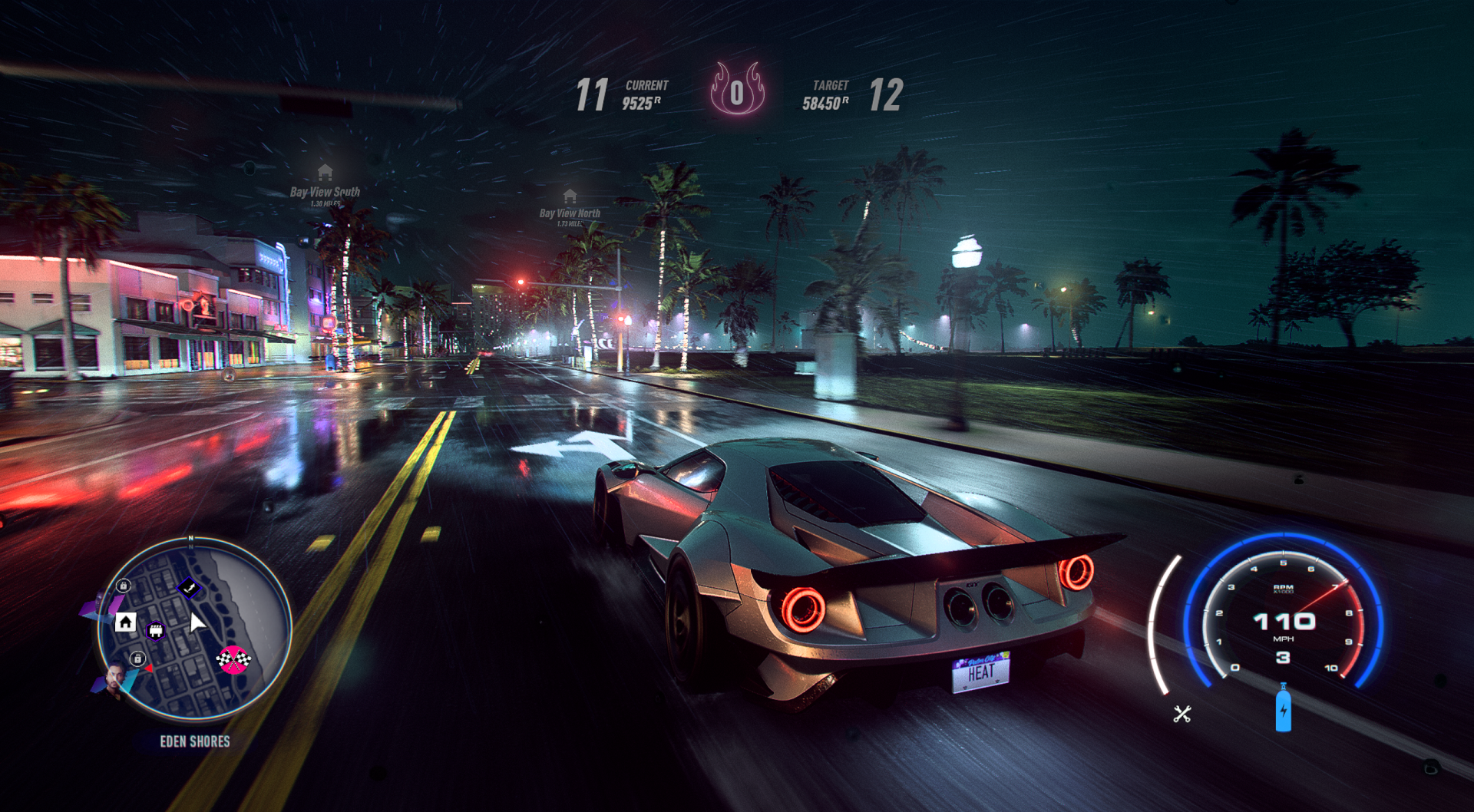
-
Need for Speed Heat Review PS4 #9
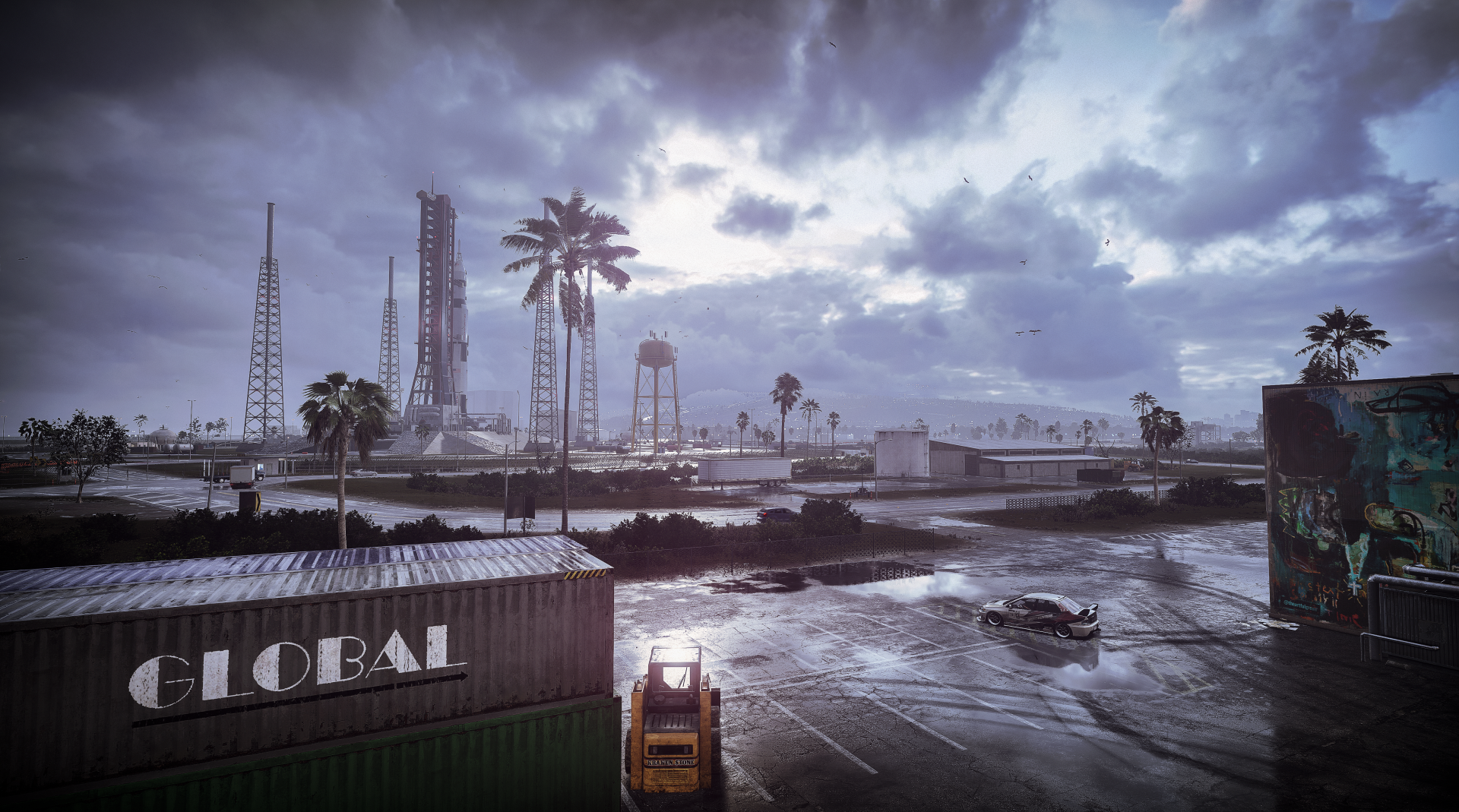
-
Need for Speed Heat Review PS4 #10

-
Need for Speed Heat Review PS4 #11

-
Need for Speed Heat Review PS4 #12
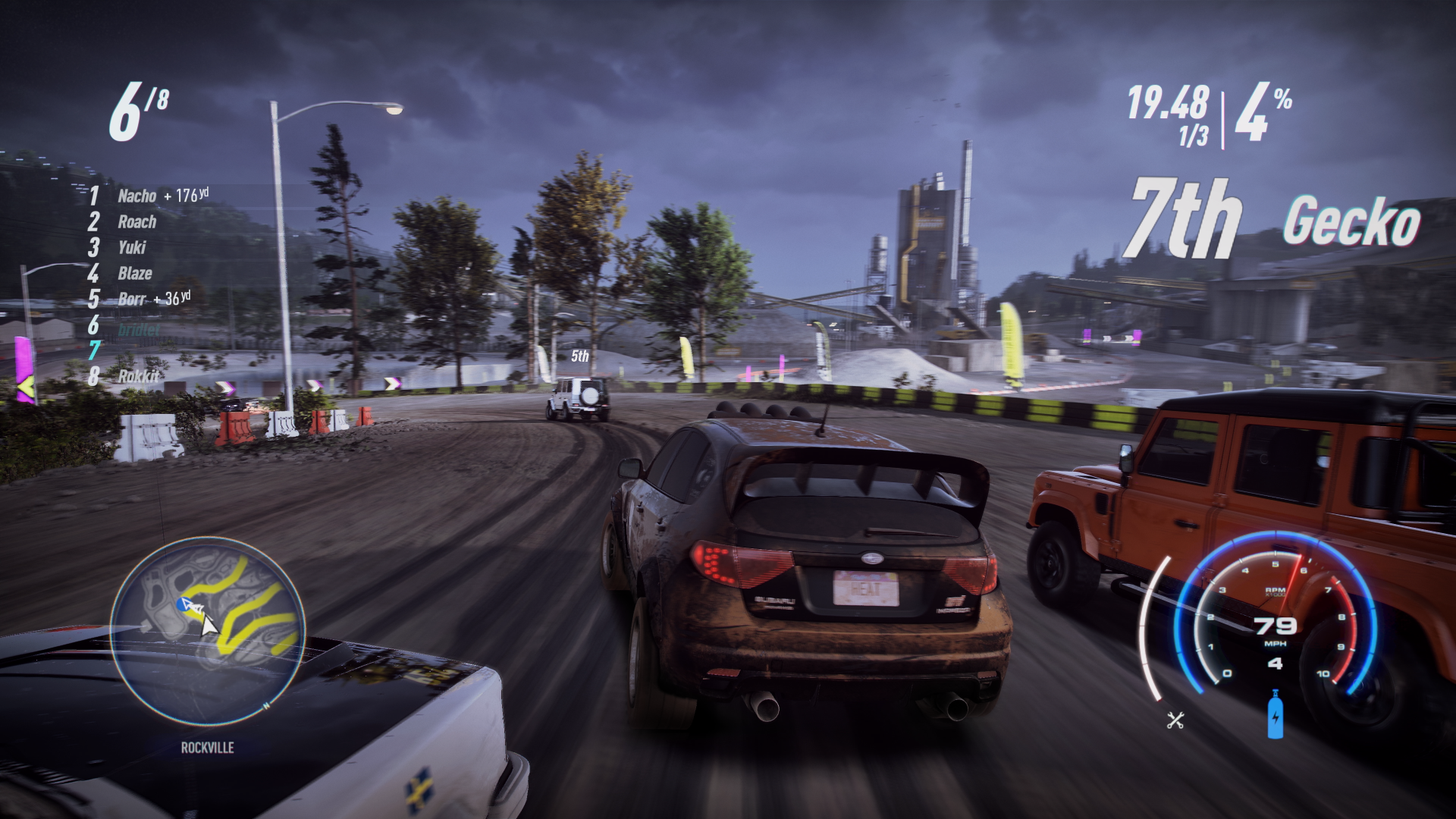
-
Need for Speed Heat Review PS4 #13
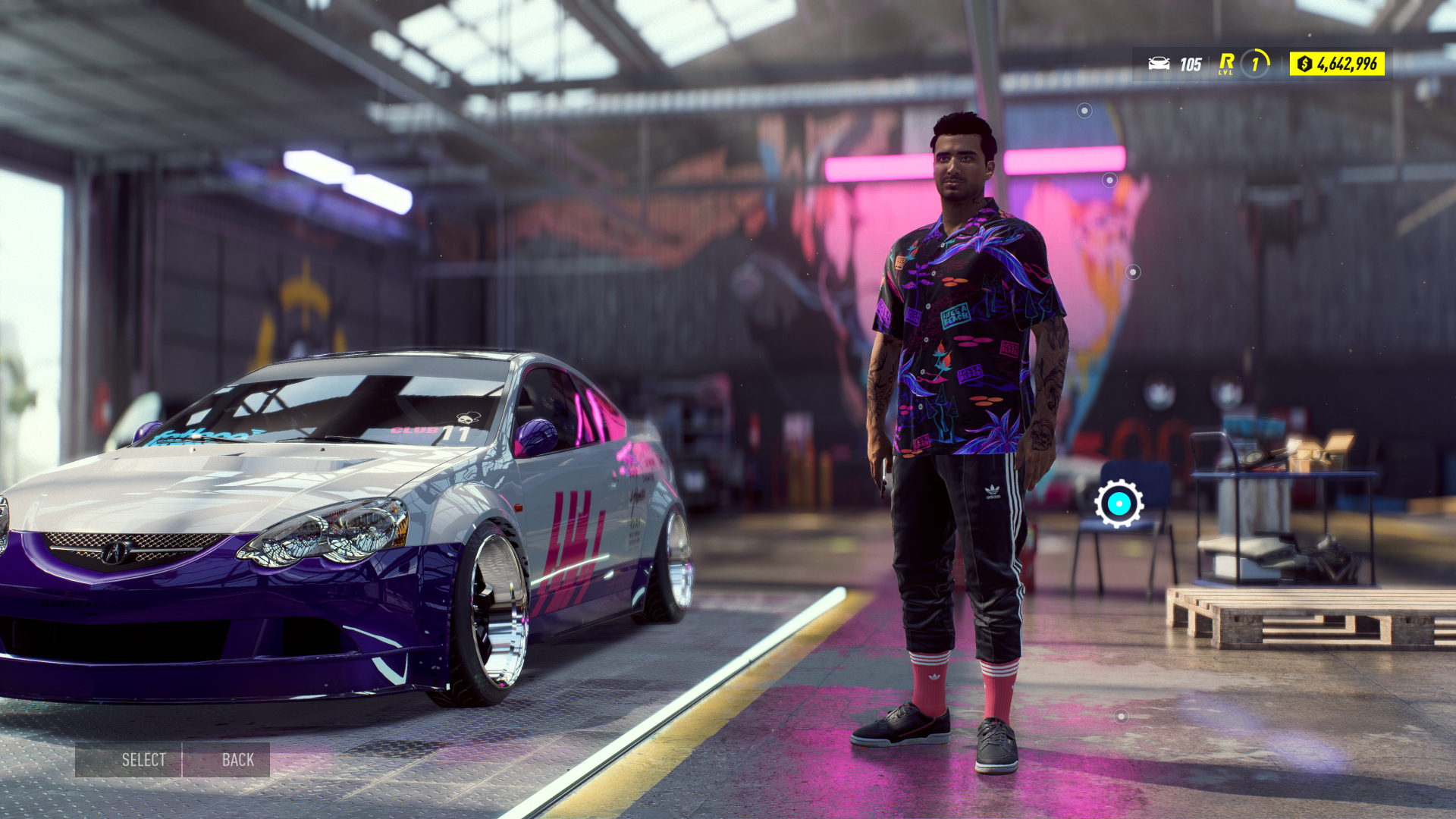
-
Need for Speed Heat Review PS4 #14

-
Need for Speed Heat Review PS4 #15
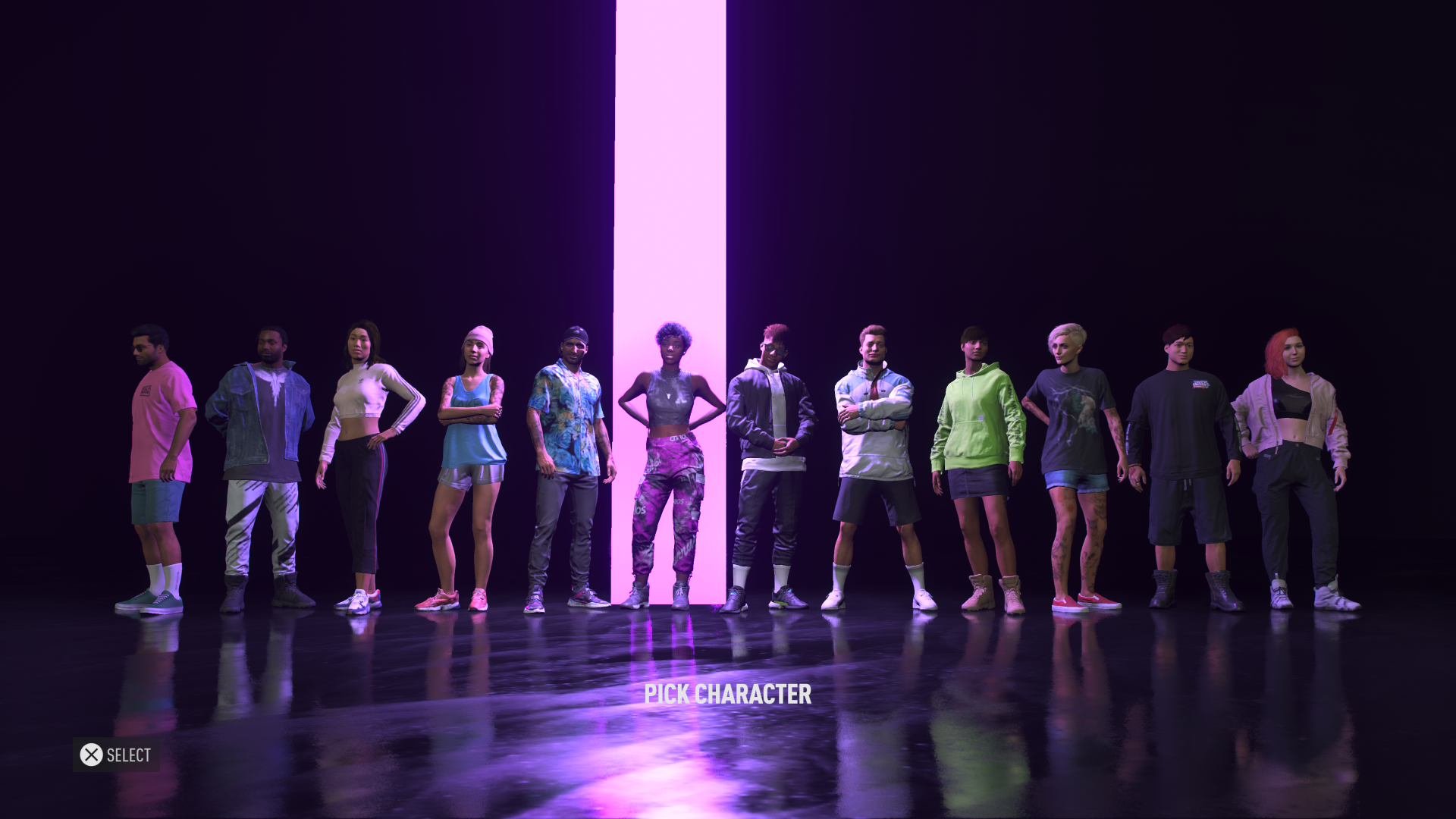
-
Need for Speed Heat Review PS4 #16
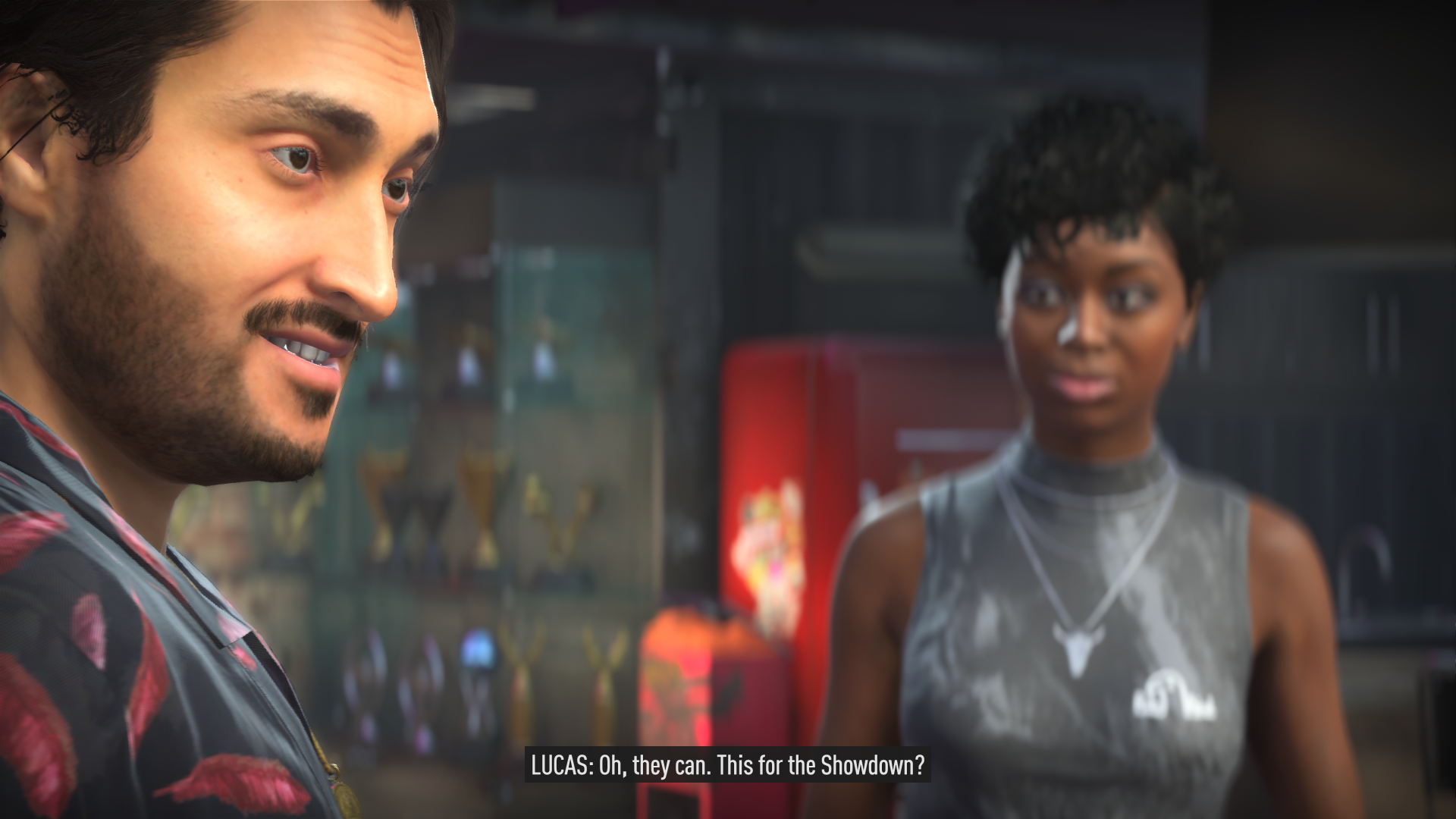
-
Need for Speed Heat Review PS4 #17

-
Need for Speed Heat Review PS4 #18
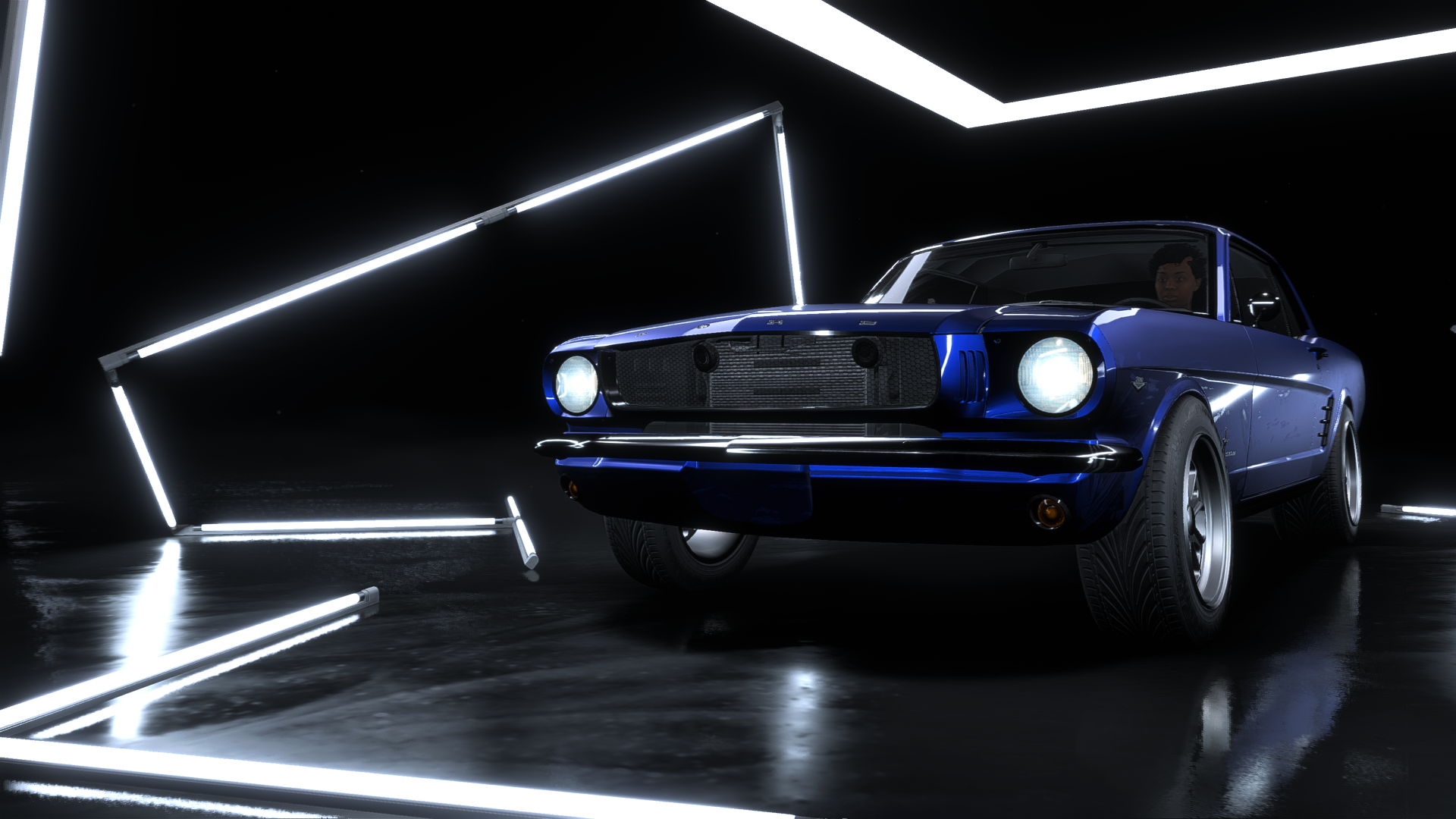
-
Need for Speed Heat Review PS4 #19
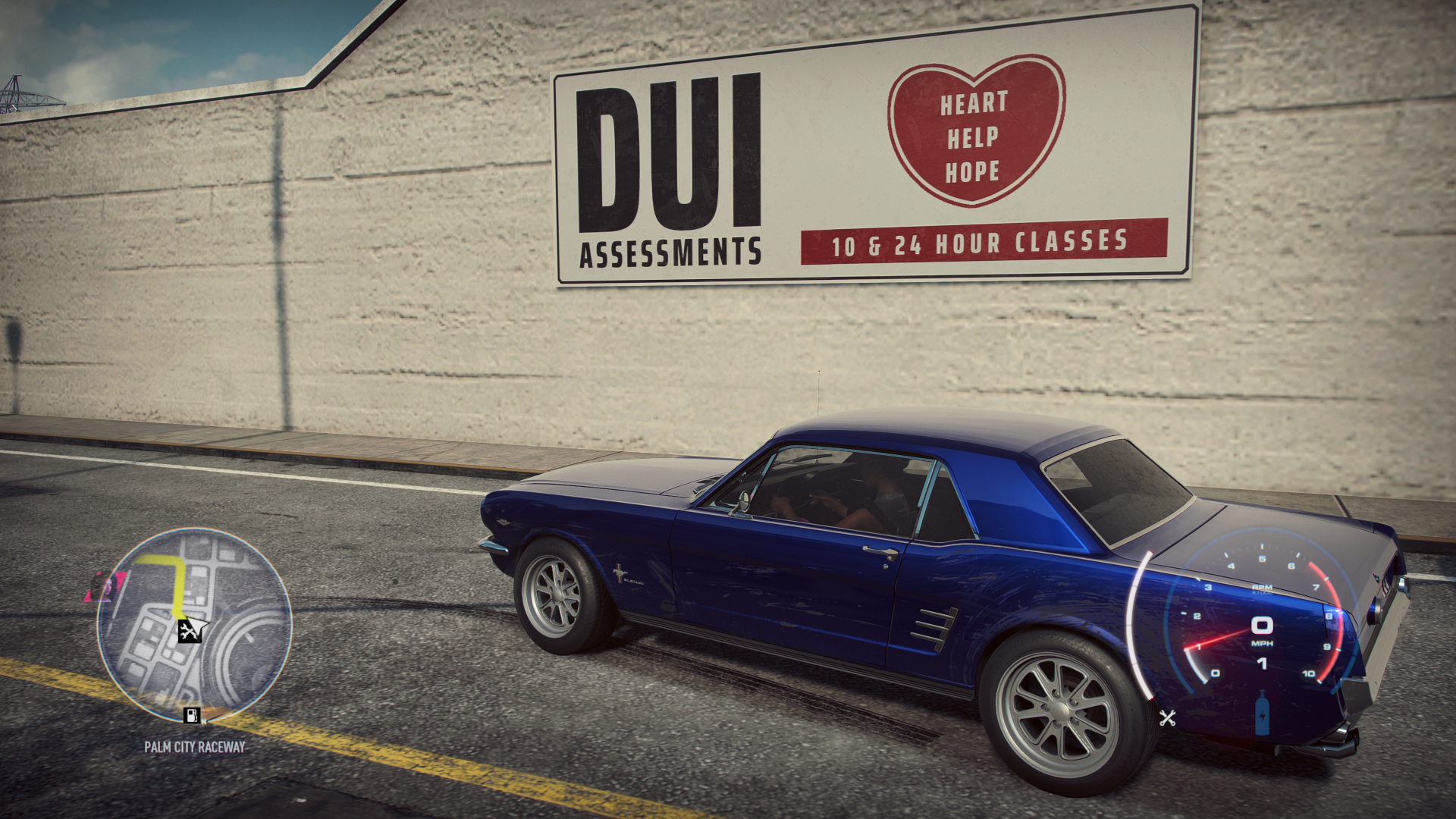
-
Need for Speed Heat Review PS4 #20
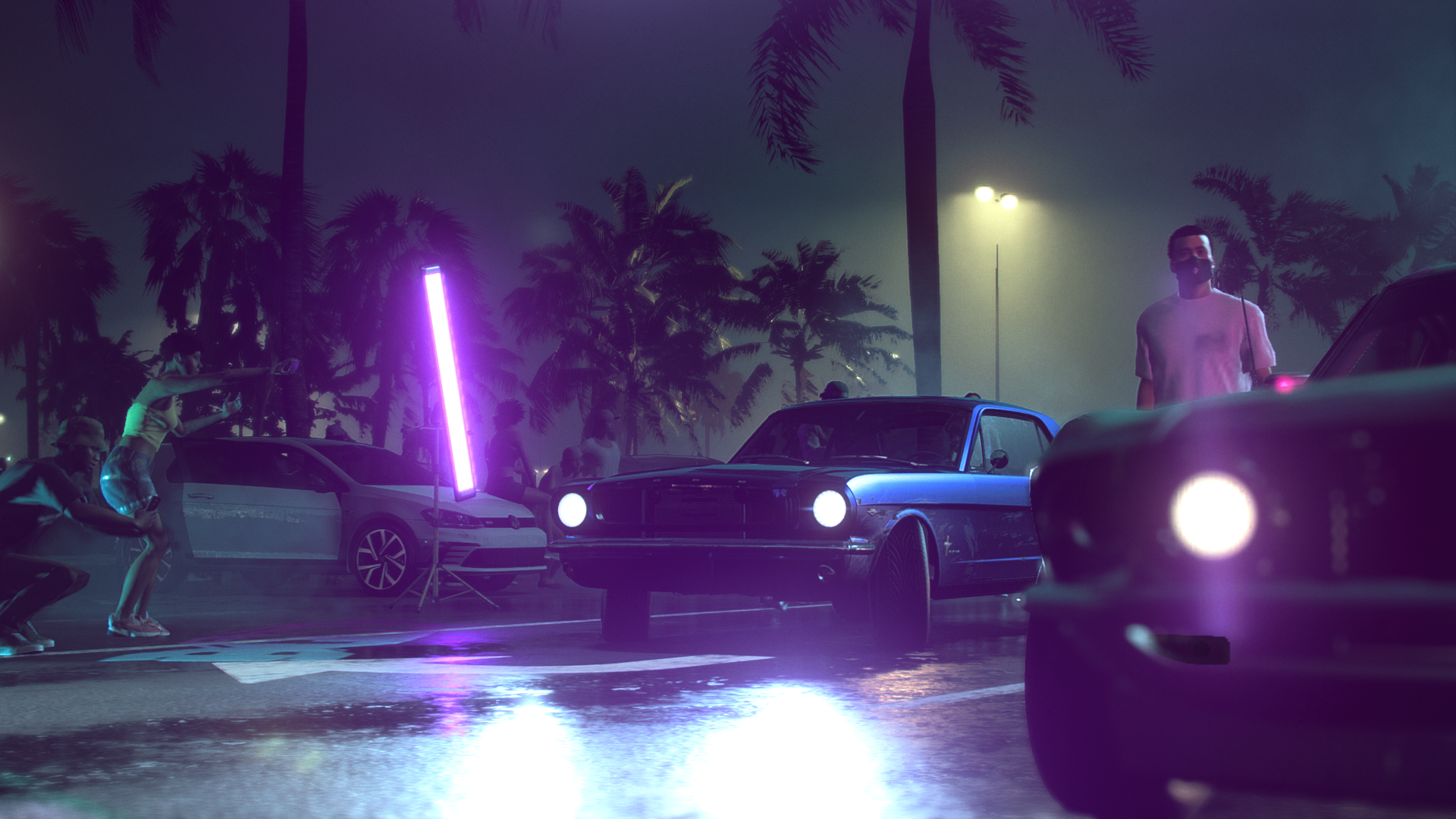
-
Need for Speed Heat Review PS4 #21

-
Need for Speed Heat Review PS4 #22

-
Need for Speed Heat Review PS4 #23
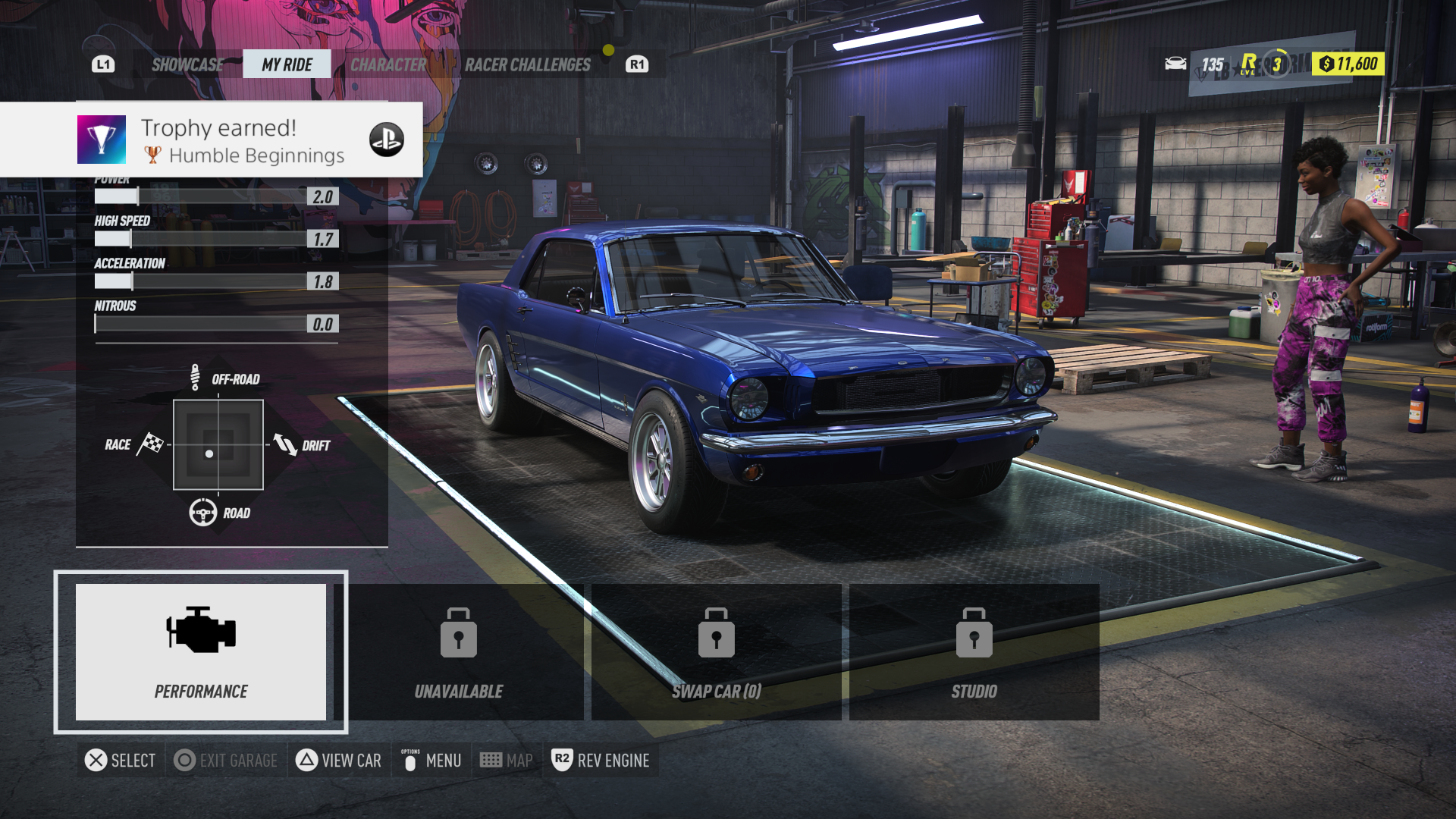
-
Need for Speed Heat Review PS4 #24
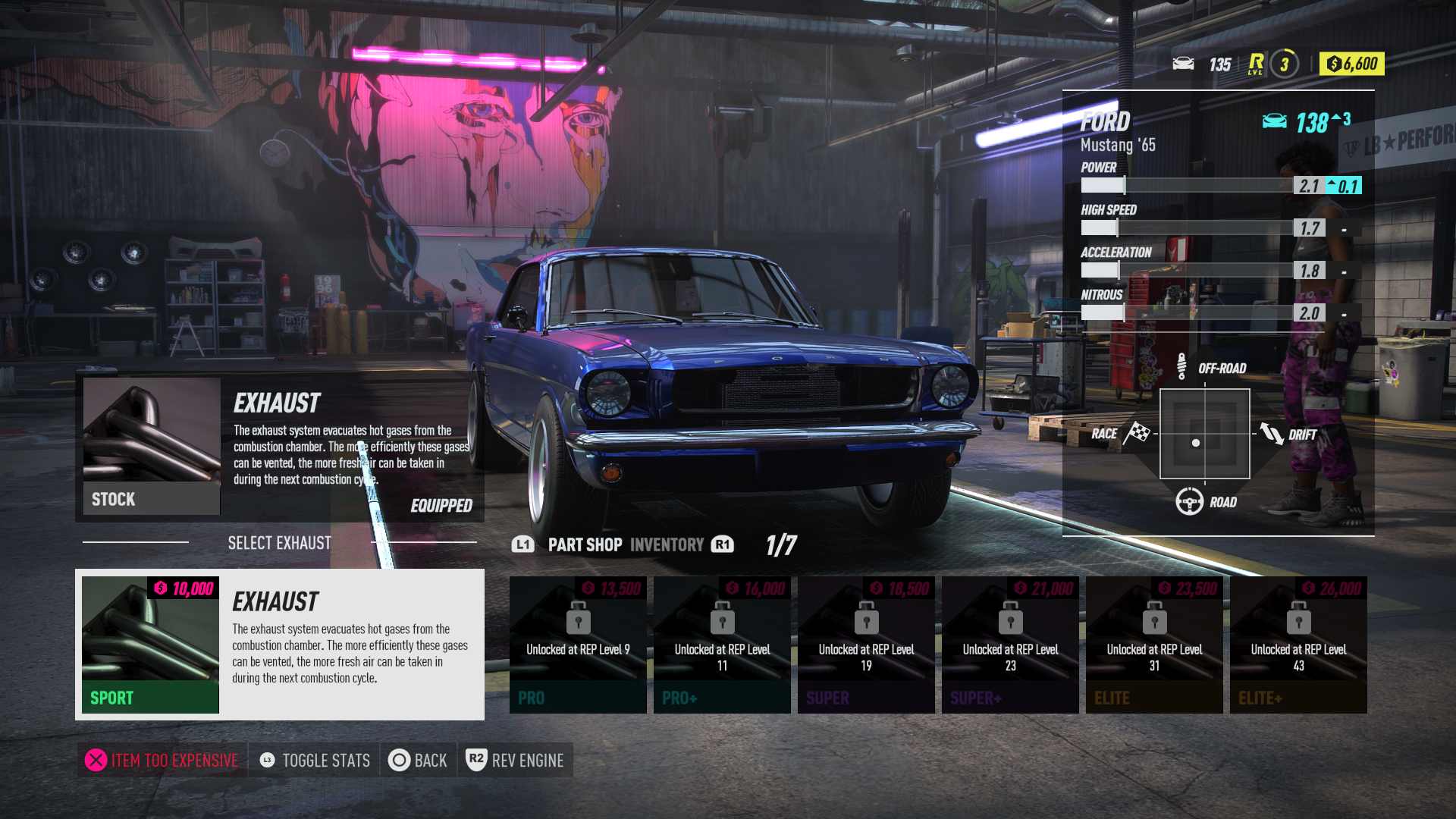
-
Need for Speed Heat Review PS4 #25
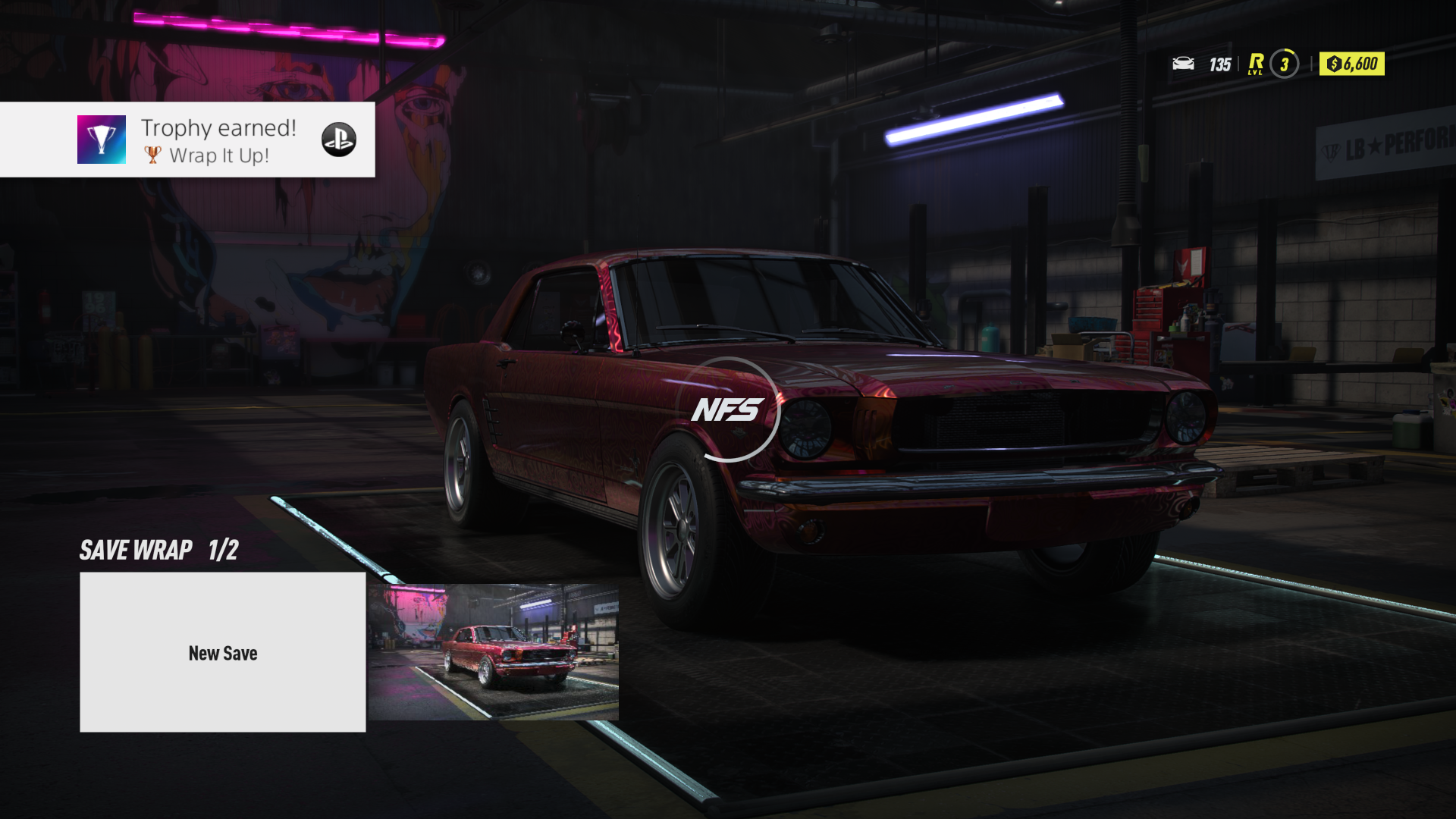
-
Need for Speed Heat Review PS4 #26

-
Need for Speed Heat Review PS4 #27
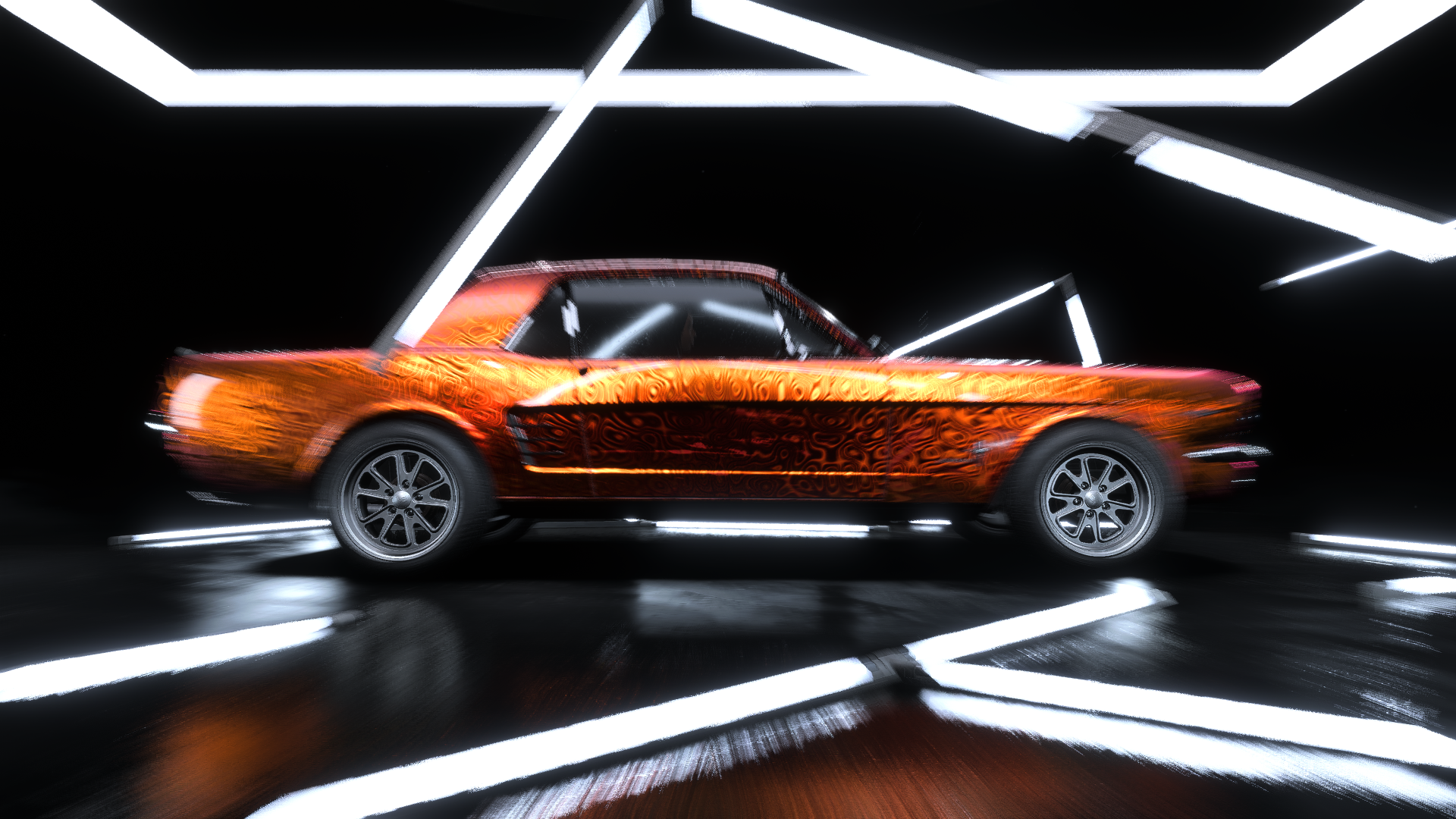
-
Need for Speed Heat Review PS4 #28

-
Need for Speed Heat Review PS4 #29
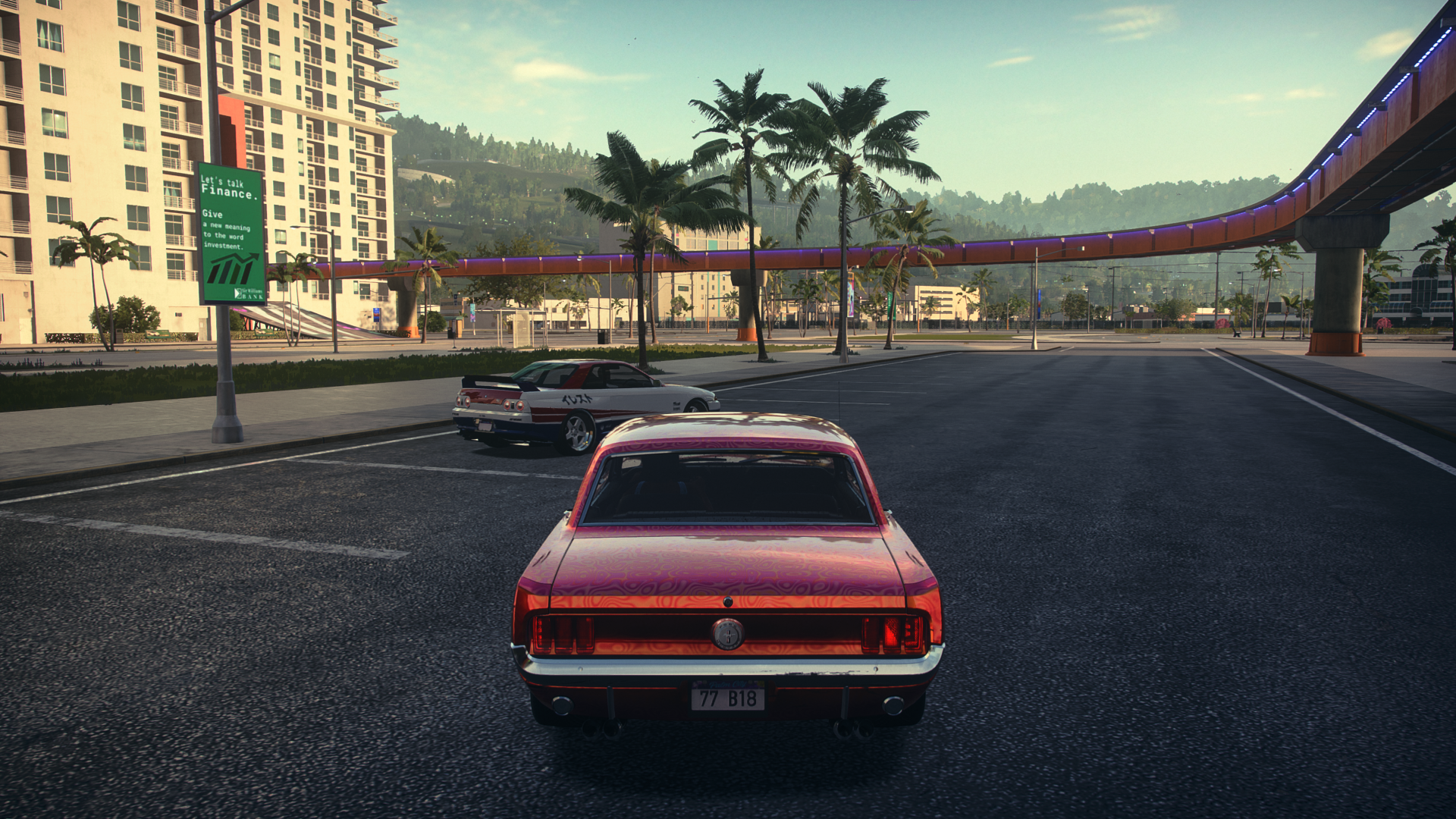
-
Need for Speed Heat Review PS4 #30
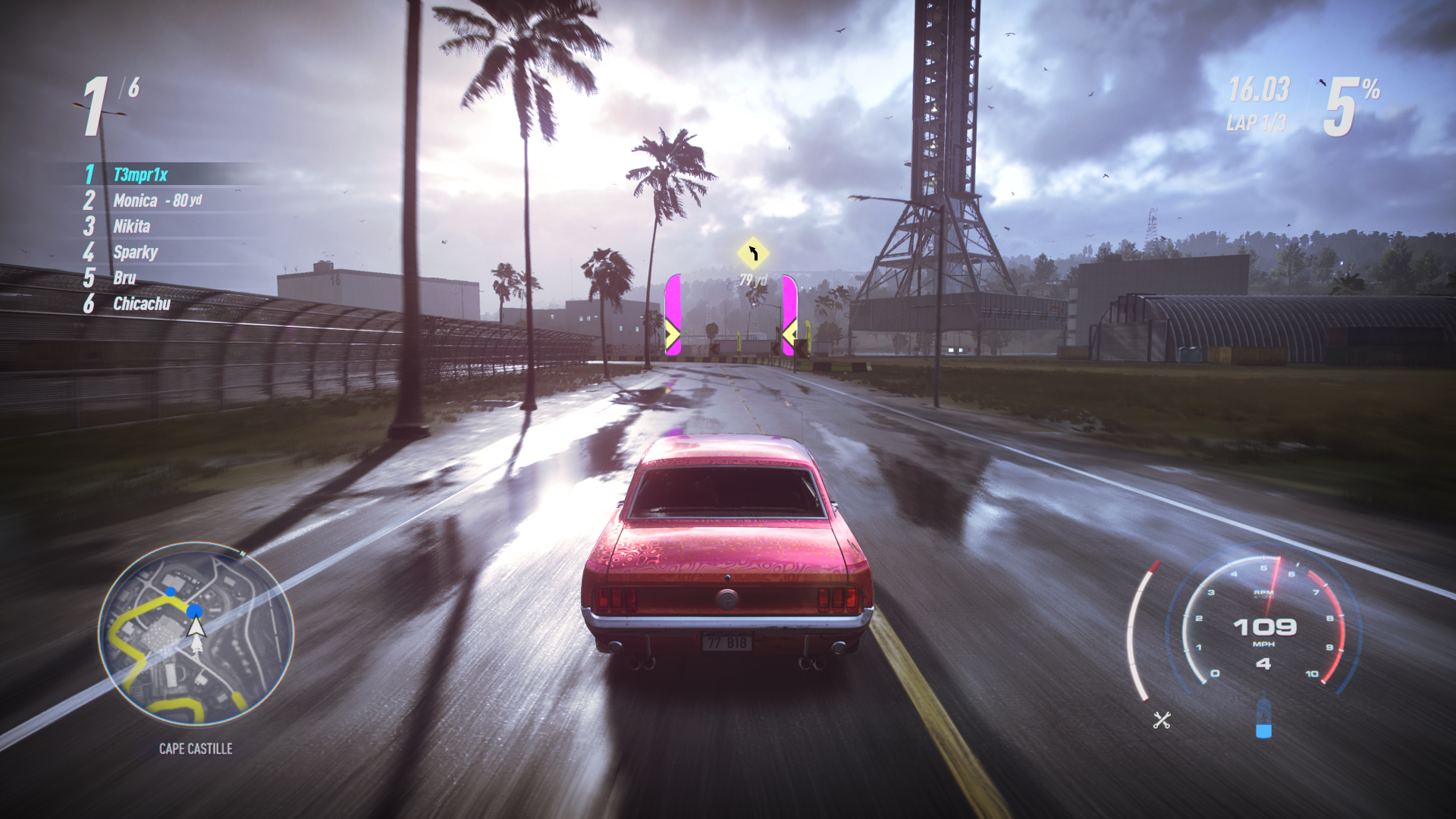
-
Need for Speed Heat Review PS4 #31
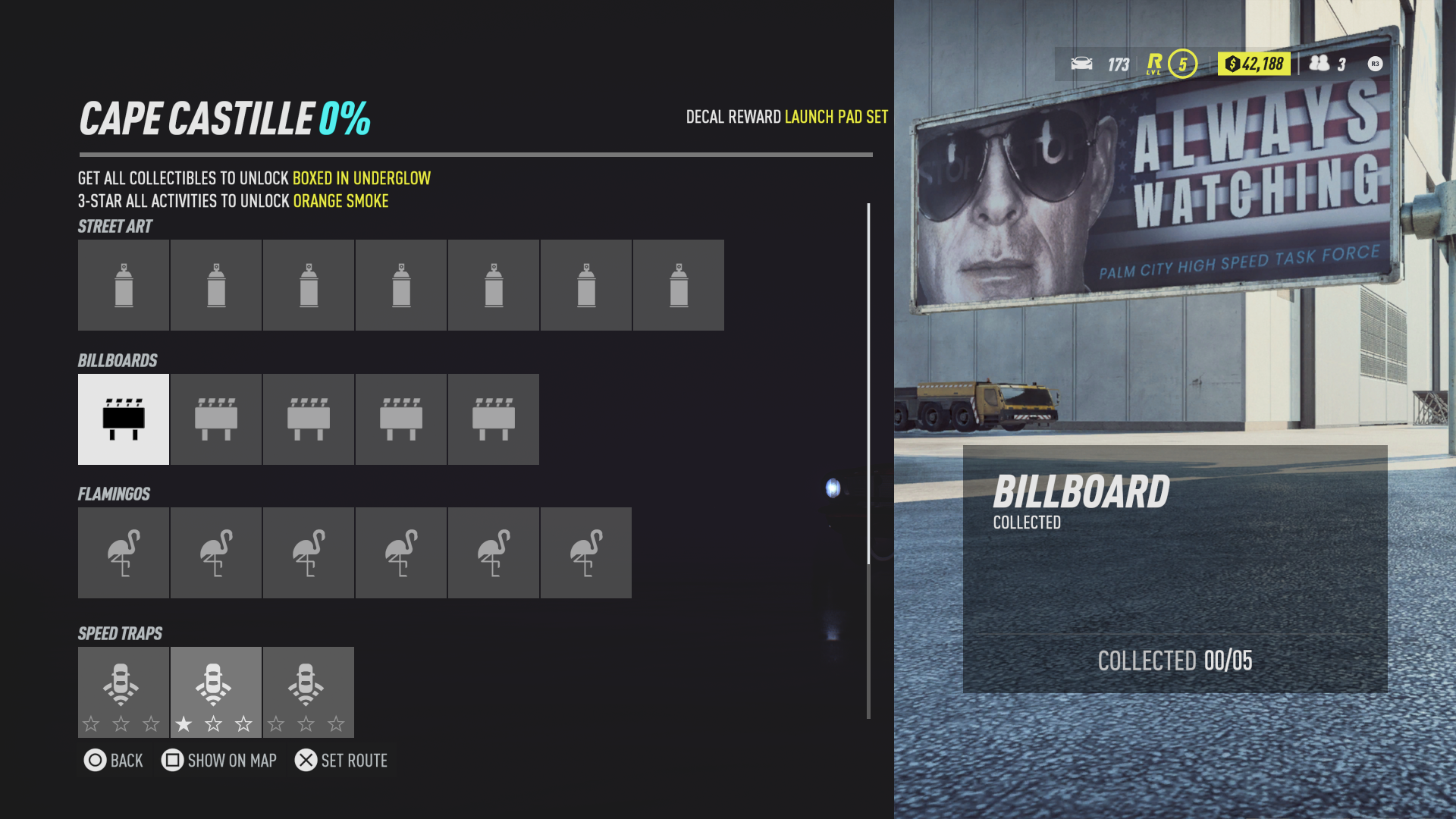
-
Need for Speed Heat Review PS4 #32
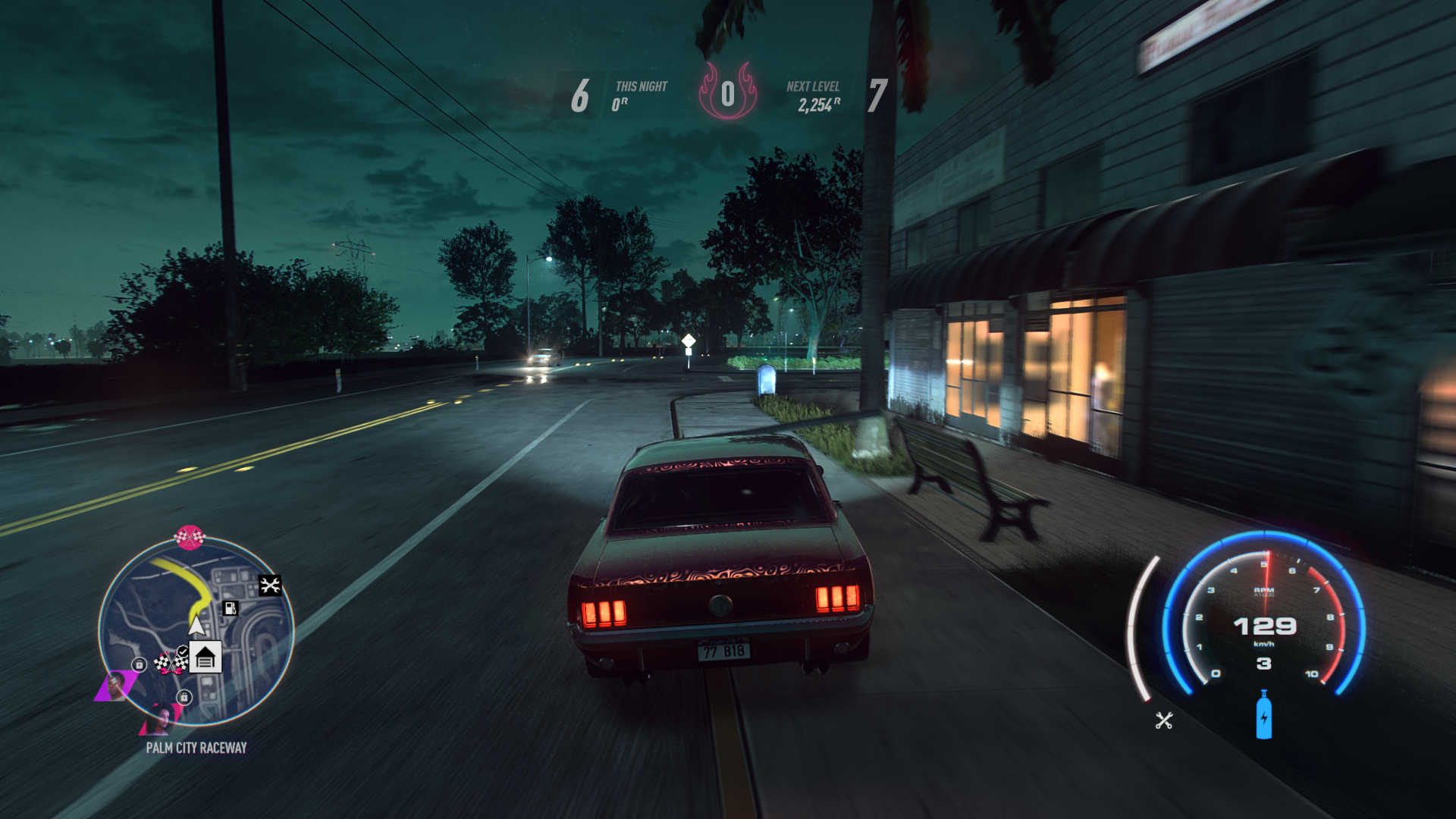
-
Need for Speed Heat Review PS4 #33
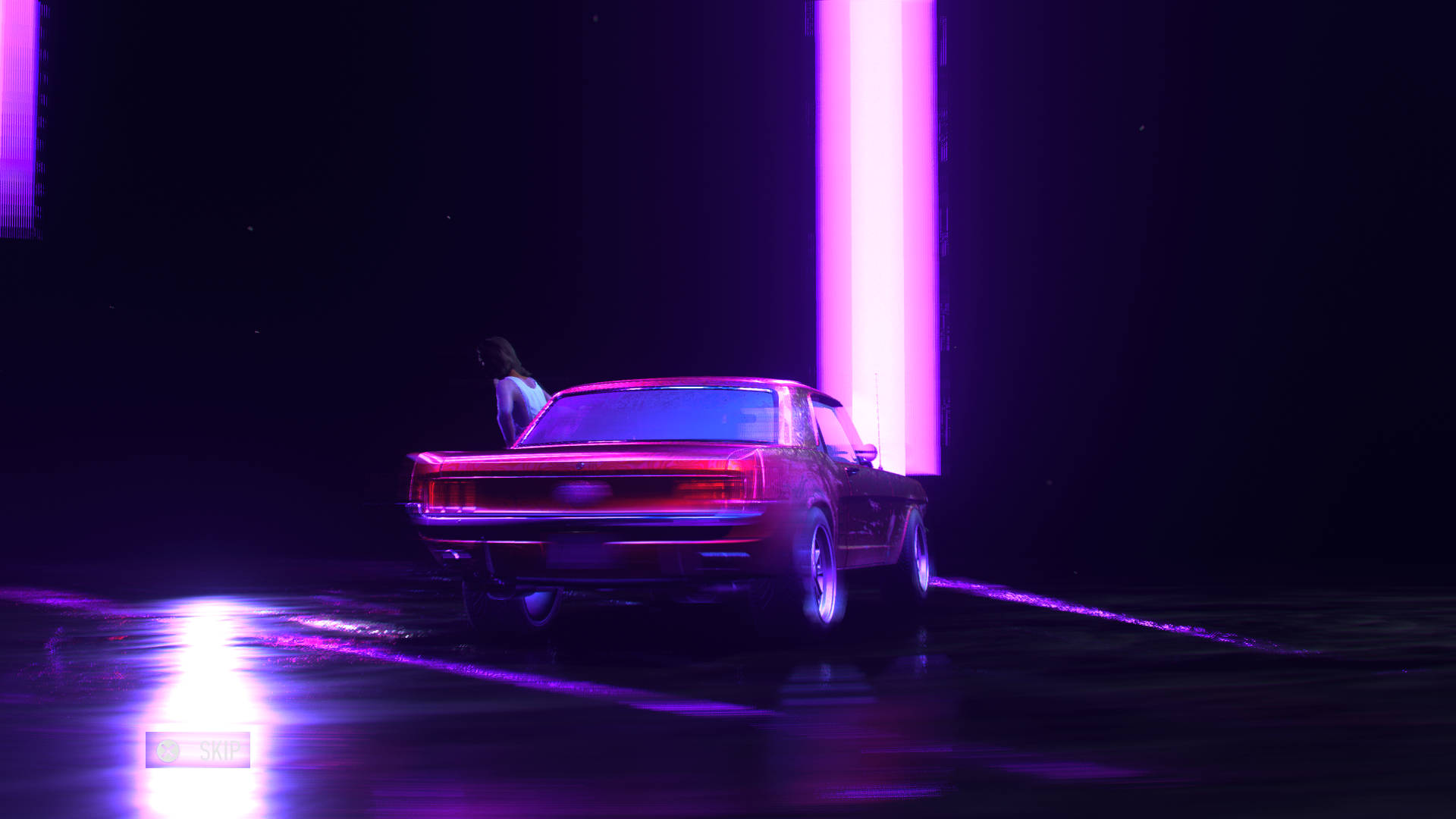
-
Need for Speed Heat Review PS4 #34
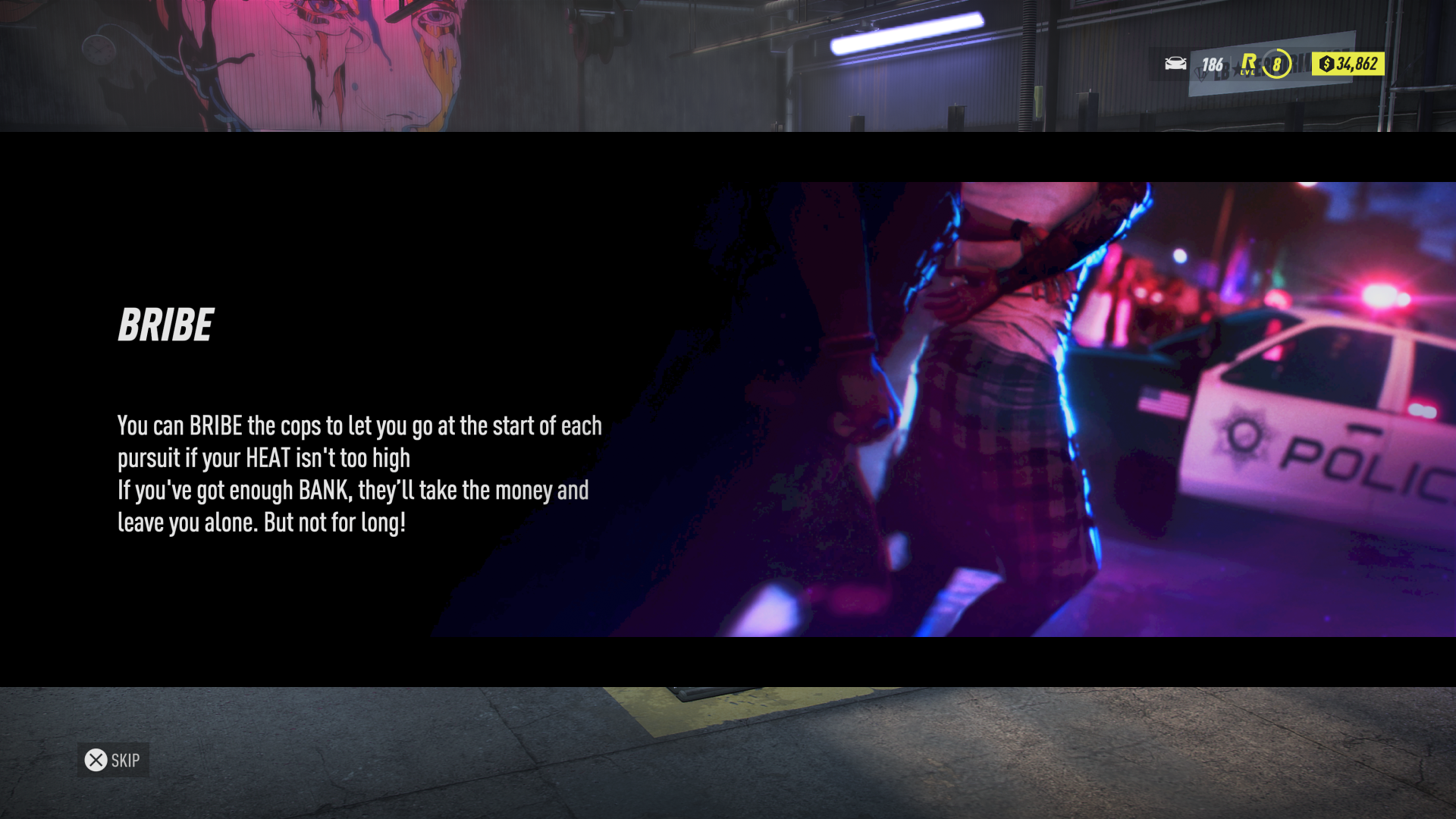
-
Need for Speed Heat Review PS4 #35

